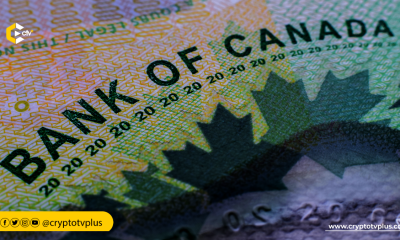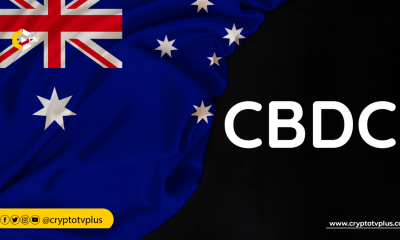News
eNaira’s potential for smart contracts and financial inclusion in social transfers

The adoption of digital and electronic cash transfers has greatly facilitated payment settlements, enhanced funds circulation, and bolstered programs such as social transfer. While these benefits are primarily attributed to the traditional banking system, exploring the incorporation of eNaira into existing cash transfer models in Nigeria could unlock further opportunities for financial inclusion.
According to a Central Bank of Nigeria (CBN) report, the eNaira offers numerous advantages. However, to fully leverage its potential benefits, it is important to integrate the digital currency seamlessly into current or legacy systems and programs. Moreover, the CBN recognizes the value of integrating the eNaira within the realms of social transfer architecture.
As per the CBN, “social transfers refer to government expenditure that is dedicated to social protection programs and emergency responses”.
In a social transfer scheme, the Central Bank of Nigeria (CBN) has identified two payment approaches for program participants who leverage the eNaira.
The first approach is led by a social aid agency and utilizes the CBN network. In this method, the coordinating body of the program directly transfers eNaira into the wallets of participating individuals. To facilitate this, the social aid agency or coordinating body must create an institutional account with the CBN and then establish an eNaira account for each participant. Through these accounts, participants can access their eNaira wallets.
Additionally, close collaboration between the program coordinator and the CBN is necessary to ensure the smooth completion of requirements for the eNaira wallet. This collaboration can make the identification process easier for individuals who may not meet the standard requirements.
On the other hand, the CBN has proposed allowing elderly beneficiaries to have a ‘designee‘ – a trusted person whose credentials can be inputted against the beneficiary’s details for receiving payments.
Once all requirements are met and registration is complete, the agency funds the participants’ wallets. This process can be carried out with the same number or fewer field staff compared to cash transactions. Interestingly, the eNaira wallet has a feature that restricts the use of received payments as a “limited-purpose instrument.“
Alternatively, the agency can create accounts for the participants and notify the CBN. The participants are then credited directly by the CBN from the agency’s TSA subaccount. According to the CBN, this method saves time, ensures transparency, and is cost-effective.
According to the CBN document, “A ‘smart contract’ can be programmed on participants’ wallets to monitor usage, restrict usage (e.g., to purchase a good or service from a designated store or merchant), or enforce recovery (in the case of loan advancement), depending on the form and objective of the program.”
While integrating the eNaira into the Social transfer architecture could drive massive adoption, there are conditions detailed by the CBN. If met, they would ensure an effective implementation. They include:
- The smooth functioning of the eNaira infrastructure and interfaces.
- Establishment of sufficient communication channels with recipients, for eNaira education purposes
- Having a contingency plan, at the beginning stages of implementation
- The stakeholders must be willing to develop a sustainable framework that would serve the dual purposes of “poverty reduction, social participation, and financial inclusion, at a minimum long-run average cost.”
Read also; EU commits €800,000 to study crypto’s environmental impact

























1 Comment